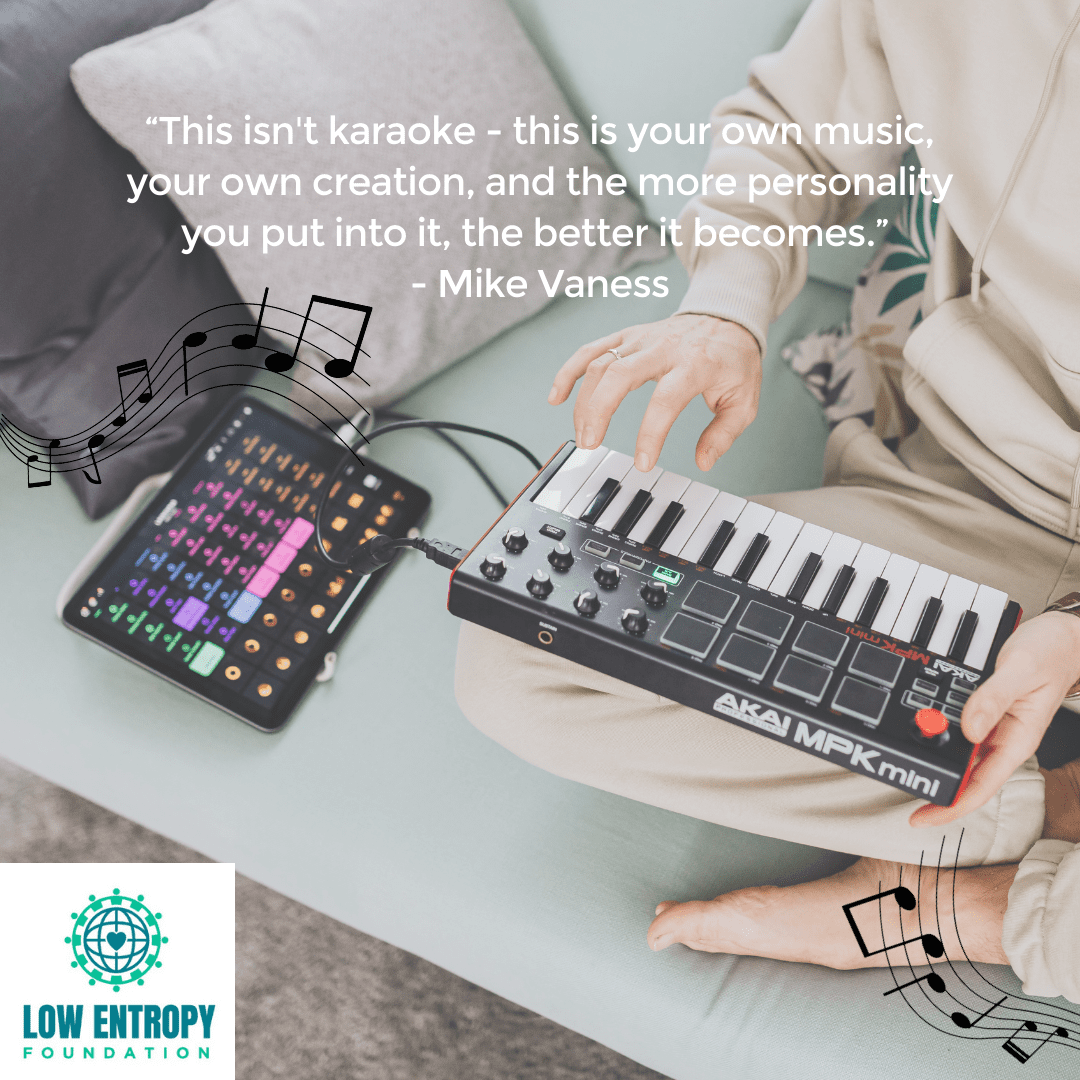The Wellerman didn’t exactly bring sugar and tea and rum this time, but as Low Entropy Volunteer Writer Mike Vaness details, it did kick off an online phenomenon that brought creativity and togetherness to a population craving connection.
Could we have predicted the recent online popularity of the sea shanty? This is a style of song that was originally made popular on 19th-century sailing ships and has recently blown up, with many people putting their own spin to the classic song on social media. But what exactly is a sea shanty? Where did it originate? And why has it become so appealing to those of us landbound, in the modern day? Well, I would like to take this time to open your eyes to this recent internet craze, give a very brief history of the style, and explore why so many people are now having fun creating and singing some of these old tunes.
As its name suggests, the sea shanty originated on large sailing ships that had crews of men numbering in the dozens – and occasionally into the hundreds! In the 19th century, sailing was a great deal different than what we know today, and duties were all done manually, such as hoisting the sales, manning the capstan (a winch used to hoist the anchor), hauling rope and even rowing for some ships. It was imperative for efficiency that the men work in unison, and the steady rhythm of these songs helped maintain their timing, strength and stamina. Many of the men working these jobs had to endure long working days, poor food, low nutrition and miserable sleeping conditions. Despite these quality issues, ships where the crew was allowed to sing found that the sea shanty greatly helped the timing of the working day – not to mention a becoming a free method of entertainment, a way to help pass the time and a mutual bonding experience for the whole crew.
So, what does all of this mean for us today? We are able to work independently and sometimes remotely, and with the amount of automation available, large labour crews are far less common in the 21st century. One working theory about the sea shanty’s new popularity is that it is usually a very catchy and simple tune! You do not need to be a particularly talented singer in order to participate, as the strength of the song is not about the melody, but about the rhythm and pace. This simplicity allows anyone – regardless of their level of skill – the ability to participate. In addition, the collective and choral nature of the song brings the singers into a single uniting rhythm, which conveys a feeling of togetherness and cooperation. We’ve seen that a group of people can set up a multi-person call, and everyone can contribute not only vocals, but also instrumentation, percussion or elsewise adding their own personal flavour to the song. The music only becomes richer with the more personalities that add to it.
Recently, one of the most popular songs online has been the whaling song, “The Wellerman”. This was made popular not too long ago by a solo performance hosted on the video site TikTok. Since then, many talented people have added to the first video, and now all kinds of people are posting their own versions. This creative imperative is what is great about these folk songs: there is no “correct” version. You can even create a song in the same vein as “The Wellerman”, but you can make your own lyrics, change the topic, add different instruments or whatever you want! This adaptability has really helped this type of song gain unexpected popularity – you can get anyone and everyone involved in the act. This collaborative effort creates exactly the type of song where you do not need to be particularly experienced or talented in order to have a lot of fun. If you want, you can sit on a Zoom call with friends, have either a musical track running or – even better – have someone play instruments, and just have a good time enjoying singing live with your friends. This isn’t karaoke – this is your own music, your own creation, and the more personality you put into it, the better it becomes.
Sea shanties seem even more fun and powerful when experienced with a full group of people. The collective experience draws upon the roots of the music: the rhythm and timing of men working on a ship, putting voice to daily complaints and injustices and then drawing a bit of joy from the collaboration of their peers. Many of us in the present day could benefit from this direct sense of togetherness, particularly in these times of isolation. We all remember fondly the time we could get together with our friends and break out in song. As these talented musicians we’ve seen on TikTok and YouTube have demonstrated, even for those who are not as musically inclined, this is a great way to feel closer to your friends or family. Music has a particular way of bringing people together – even in times where we are literally being instructed to stay apart. So the next time you are feeling lonely and want to find something that helps you connect with your important people? Try drawing on the old-time sea shanty, and belt out a tune with your friends!
Did you know that Low Entropy has a TikTok account? Maybe we could collaborate on another viral hit – check us out there or jump in on a Conscious Connections meeting to engage with our awesome community!

